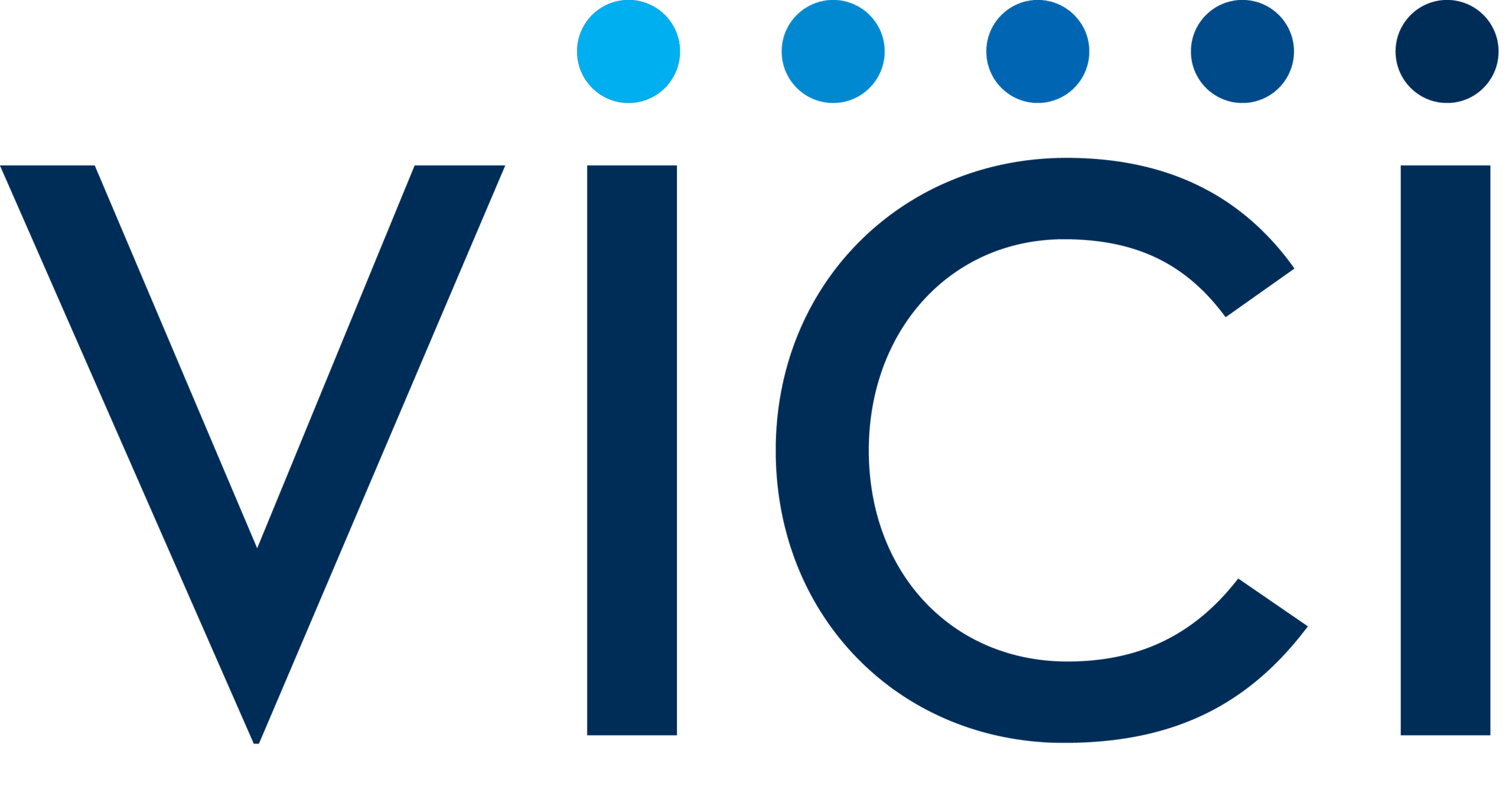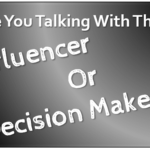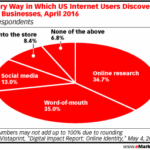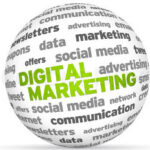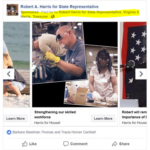Matching Small Biz Digital Marketing Priorities To The Right Digital Product
Finding out what potential advertisers’ needs and goals are for a campaign is critical, but matching those to the right digital product is just as crucial. A majority of small businesses say that they will be spending more on digital marketing this year and a recent study details what they say are their primary goals and priorities.
So let’s look at these goals a little closer. The top one is “Driving Sales” – makes sense! All good digital campaigns should have an impact on sales. And make sure that Retargeting is a part of the mix. This is bottom of the sales funnel conversions, which definitely means Retargeting campaigns. Retargeting is the number one driver of conversions (sales) because you are showing the ad to people who have already been to the client’s website at least once, so they have a higher likelihood of purchasing.
“Building Brand Awareness or Conveying Information” was number two in the list of primary goals. To achieve this goal the advertiser should be utilizing a combination of outreach targeting tactics such as Targeted Ad Networks, Keyword Targeting and Behavioral Targeting, either with display ads or video ads. These are the right products to use for top of the funnel awareness goals.
“Collecting Leads” is very important to small businesses. One way to collect leads with a digital campaign is to point people to a Contact Us type page on the advertiser’s website as the click through landing page for the ad. Or, landing the user on a page that has a sign-up for a newsletter or offer which then captures the person’s information. An additional idea would be to use Facebook’s newly introduced Lead Generation News Feed Ads. What is so unique about these types of ads is that when the user taps the call-to-action button in the ad, instead of it taking them to a page on the advertiser’s website (and potentially having the person change their mind during that process) it immediately opens up a pre-populated form right in the Facebook app. The user never has to leave Facebook in order to contact you.
“Retaining Customers” is also listed as a top goal for small businesses and they want their digital marketing to help with that. There are two digital ad products that you could suggest that work well for staying in front of customers and getting them to re-purchase. The first would be Household IP Targeting. The advertiser provides a list of current customers’ names and street addresses and then digital ads are served ONLY to those households. For example, a Heating & Air company could target past customers with an ad promoting an offer for a “Welcome to Spring air conditioning check-up.” You could also use Facebook’s Custom Audience Ads which would be taking an advertiser’s list of customer emails or phone numbers and Facebook matches those to current users and only shows those people the client’s ad.
The other goal that is listed is “Running Promotions.” Any digital display ad can promote a promotion that your client is running. The key is to make sure that the client’s ad creative has a strong call-to-action and that the landing page a user goes to when he or she clicks has the promotion information prominently displayed on it. If you make people hunt for information on the website, the less likely they are to convert.
Let’s end this post with a look at what small businesses said in the report are their greatest digital marketing challenges and how you can help with those.
#1: Turning leads into customers – help your clients understand which digital products are working by making sure you are tracking conversions (i.e. how many people did what you wanted them to do on your website) for them with a conversion pixel tag. Conversions = customers.
#2: Generating web traffic – make sure your clients have Google Analytics (or some type of analytics program) installed on their website so that they can see how your ad campaign is increasing their overall traffic as well as traffic to the click-through landing page.
#3: Finding the time and resources for digital marketing – this is where you can help them by being their Digital Marketing Guru. Take the time to fully explain your digital products in simple, non-jargon terms and make the process as turn-key as possible for your client.
#4: Turning web traffic into leads – the key to this challenge is making sure the client has an effective landing page. When someone clicks on the ad, the page where he or she lands should contain ALL the information needed to make that person convert. As I mentioned above, the more hoops you put people through to get the information they want, the more likely they are to “dump out” of the process.
With more than half of small businesses saying they will spend more on digital advertising in 2016, now is the time to show your potential advertisers you are ready to help them meet their goals!
